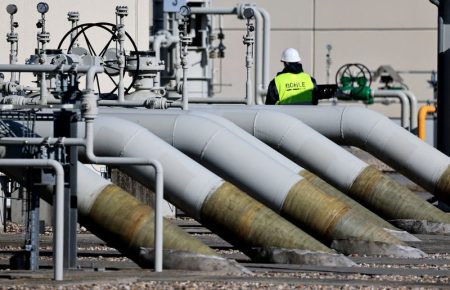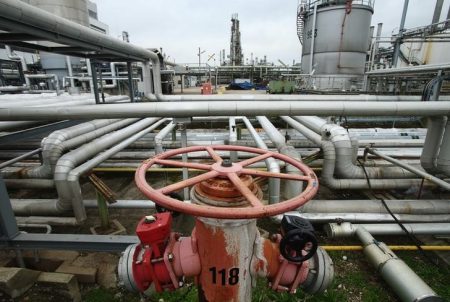Investing.com — Oil prices settled higher Thursday, buoyed by a Federal Reserve-induced slump in dollar and the International Energy Agency’s brighter outlook for demand next year.
By 14:30 ET (19.30 GMT), the futures settled 3% higher at $71.58 a barrel and the contract climbed 3.2% to $71.58 a barrel.
IEA lifts 2024 global oil demand forecast
The crude market received a boost Thursday with the IEA raising its forecast for global oil consumption in its , saying it will rise by 1.1 million barrels per day, up 130,000 barrels a day from its previous forecast, citing an improvement in the outlook for the United States and lower oil prices.
The from OPEC was also constructive, with the producing cartel estimating a tighter crude oil market for the fourth quarter of this year and 2024 as supply falls short of market demand if announced output cuts are maintained.
The energy watchdog’s improved forecasts come just a day after U.S. oil inventories fell by 4.3 million barrels in the week to Dec. 8, according to data from the on Wednesday, much more than 650,000 barrels expected.
Weaker dollar helps support y market
A sharp downturn in the to fresh four-month lows, also supported oil prices amid expectations for the Fed to begin aggressively cutting rates next year.
A lower greenback makes oil, which is priced in dollars, more attractive to foreign buyers.
Following the Fed’s dovish monetary policy update on Wednesday, which included a projection for at least three rate cuts next year, traders are now expecting the Fed to cut rates by more than 140 basis points next year.
As well as denting the greenback, expectations for rate cuts also propped up expectations that the U.S. economy is likely to avoid a recession, likely keeping demand for energy intact.
Middle East supply concerns remain in focus
Crude prices also took some support from concerns over supply disruptions in the Middle East, after an attack on a tanker in the Red Sea. The incident was the latest in a string of attacks on U.S. and Israeli vessels in the area by Yemen-backed Houthi forces.
The attack pushed up concerns over the spillover of a bigger conflict in the region, which could potentially disrupt supplies.
But the Israel-Hamas war, which was the cause of increased tensions in the region, has so far had little impact on Middle Eastern oil supplies. Traders had steadily priced down a risk premium from the conflict over the past two months.
(Peter Nurse, Ambar Warrick contributed to this article.)
Read the full article here









